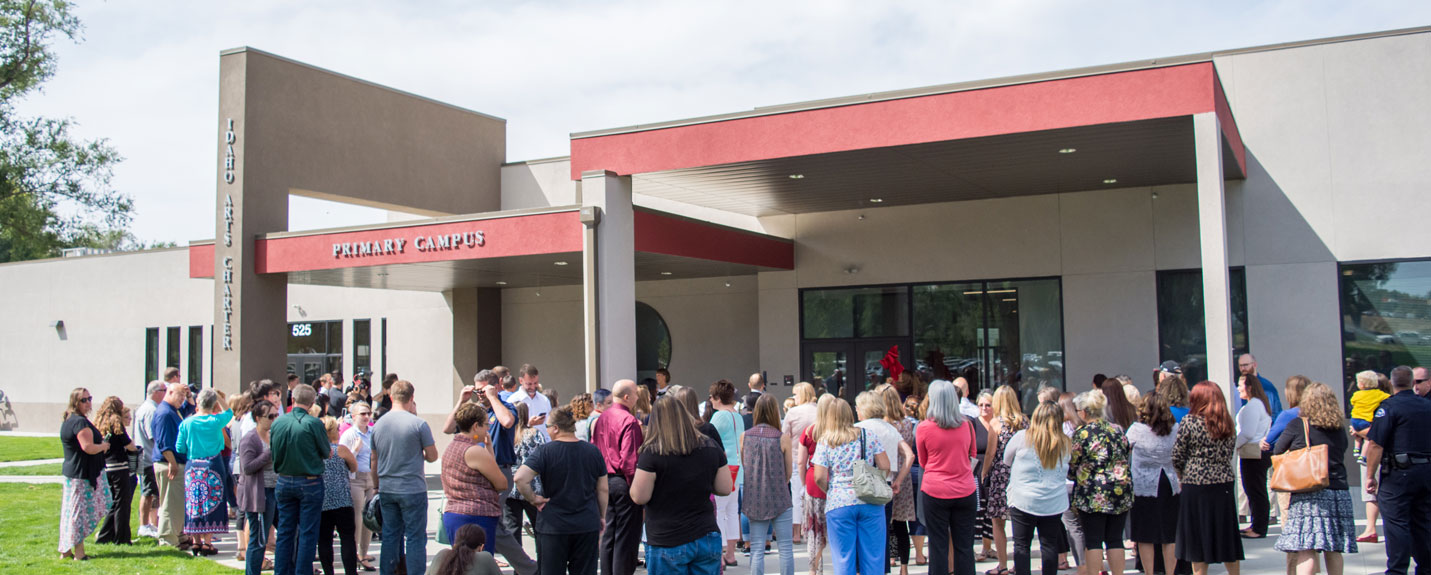
Facilities: A Thorny Issue for Charters
This post first appeared in the National Alliance For Public Charter Schools Blog | By Terry Ryan
Ask any charter public school leader in the United States the thorniest issues they have to overcome in opening and running a great school and you will inevitably hear about facility challenges. Bottom line – the lack of affordable school facilities are a serious inhibitor to the growth and expansion America’s charter school sector.
This is frustrating for at least three reasons. First, charter school students are public school students who deserve the same access to quality facilities as their district school peers. Second, there are a million student names on charter school waiting lists across the country, and these young people and their parents are stuck in schools they would rather not attend. Third, for some of the nation’s neediest students charter schools are something of an academic lifeline. According to the Center for Research on Education Outcomes (CREDO) “urban charter schools on average achieve significantly greater student success in both math and reading, which amounts to 40 additional days of learning growth in math and 28 days of additional growth in reading.”
Charter public schools typically have limited access to local school district tax and bond revenues used for school facilities. Instead, they rely on alternative tax-payer funded sources and private funds for their facilities.
Federal and state lawmakers have been working to improve facilities funding for the nation’s 6,700+ charter schools. For example, the USDA recently awarded the non-profit lender Building Hope $25 million to assist in the funding of charter school facilities in some of the country’s neediest and depressed rural communities. At the state level, according to the National Alliance for Public Charter Schools, there are 15 states and the District of Columbia that provide per pupil facilities allowance to charter public schools, but only five provide per pupil capital funding over $1,000. Another 16 states provide charter school facility grants, while 12 states provide loans for charter facilities.
Philanthropy has also been generous in their support of charter public schools. The Walton Family Foundation, one of the country’s most prominent and generous supporters of charter schools, recently established a $250 million Building Equity Initiative to improve charter schools’ access to facilities. This program is targeted at 17 cities across the country.
Despite such efforts, however, charter schools continue to struggle to finance and maintain facilities that work for their students. In a recent survey of Idaho charter school leaders, fully half of the respondents “agreed or strongly agreed that they had to make ‘substantial compromises to what we wanted’ when securing a facility for their school.”
Facilities funding discrepancies between traditional district schools and charter public schools vary from state-to-state. But, in many states the discrepancies can be dramatic. In Idaho, for example, charter schools build facilities at an average cost of approximately $13,000 per seat, while district schools have spent up to $48,000 per seat. This significant variance results in many charter schools lacking amenities such as gymnasiums, cafeterias, outdoor play spaces and dedicated computer labs.
The latest version of the National Alliance for Public Charter Schools’ Model Law for Supporting the Growth of High-Quality Charter Schools provides guidance for state lawmakers and policy makers on how to reduce inequities between public district and public charter schools. Specifically, the Alliance’s model law provides recommendations based on efforts in leading charter states like New York, Colorado and Indian. These include:
- Require school districts to share space and/or facility dollars with charter schools that enroll 50 or more students from said home district;
- Allow charter public schools to lease or purchase unused district facilities at cost;
- Create a state charter public school debt reserve fund; and
- Allow charter public schools to participate in school district bonding and mill levy requests.
Across the country, capital funding programs have largely provided modest to meager facilities support for charter schools. It need not stay this way. While a number of states have implemented policies and programs aimed at reducing inequities between traditional district schools and charter public schools, more can be done. The National Alliance’s Model Law shows the way forward.
—
Have something to say? Find us on Facebook and Twitter to share your comments!


